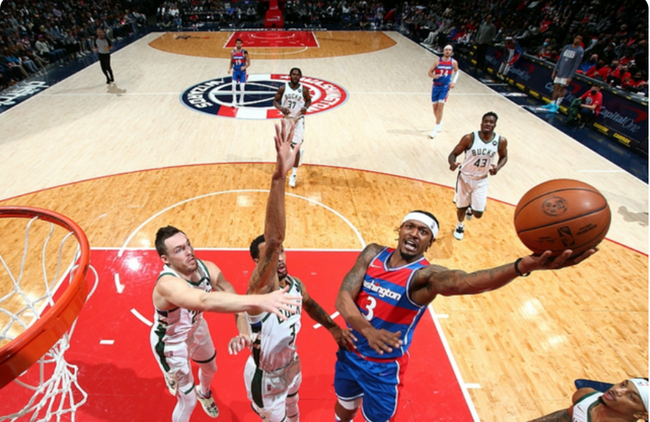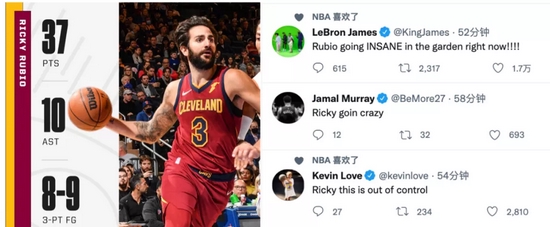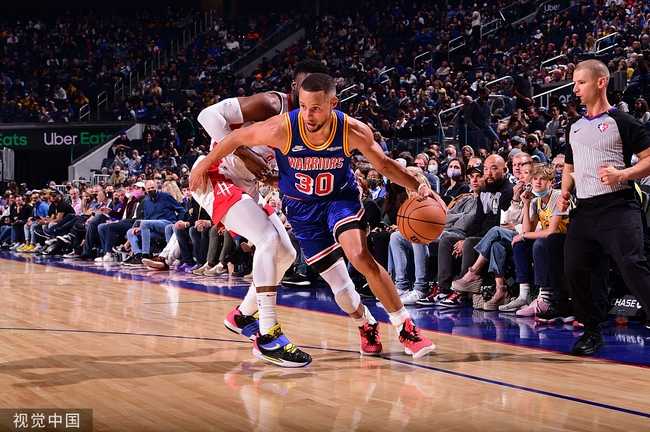The Dawnbreaker Update is here, and the new Dota 2 hero is actually looking like one of the smaller changes to the game.
Dota 2's balance update 7.29 was also included in the Dawnbreaker update, and it brings changes to almost every Dota 2 hero, a long list of items, and more. But the biggest changes of all came to the map itself.
The Dota 2 map was given a significant overhaul that made things much less segmented. Generally speaking, cliffs no longer provide a firm barrier against such objectives as outposts and towers. Instead, all tier-one and tier-two towers now have trees along both sides, allowing for both jukes in and out of the trees and more effective defense of the towers. Existing tree lines near towers, like those besides the tier-two towers in the mid lanes, have been both expanded and made easier to move through.
Not only that, but the area around the towers where players can travel through use of a Town Portal Scroll has also been expanded.
Last but not least is a general buff to trees. Trees now respawn after three minutes instead of five, and skills used for cutting down trees have either had their hitboxes shrunken or had their ability to cut down trees removed entirely.
New pathways added to Dota 2 map, ward spots changed
With the changes to the tree lines and cliffs surrounding towers are a number of new pathways surrounding towers and through the jungle.
For example, the small camp near the radiant’s tier-one bot lane tower has been moved away from the cliff to leave a narrow pathway between the cliff and the camp. The radiant tier-one mid tower now has its impassable rocky terrains partly removed to create a pathway beside the small camp that allows to allow for better movement around the tier-one tower’s AOE on either side.

The goal is likely to create more hidden paths to avoid common ward spots like those around the open areas near the tier-one safe lane towers for both teams. The new tree lines decrease the vision range of wards, forcing supports to get a bit more creative and allowing greater avenues for hidden rotations.
Reinforcing this is a shifting of the dedicated high-ground areas for wards. Though none of them have been removed, the spots have been shifted in a way that makes teams less omniscient when it comes to contested areas.
Water rune added, bounty runes changed in Dota update 7.29
The Dota 2 game experience has become overly methodical, with Valve introducing objectives like bounty runes and shrines to manufacture fights between teams. Though bounty runes and outposts still exist in Dota 2, they’ve been tweaked to not artificially force team fights every five or 10 minutes.
Outposts have been moved to a more central location in both teams’ jungles, moving into the observer ward spot in the Radiant side’s main jungle and into the center of the medium and large camps on the Dire side. Outposts no longer give a large boost of XP every 10 minutes, but instead give a steady drip of experience each minute that increases as the game goes on. This effect doesn’t stack when a team controls both outposts, so the only benefit to taking the opposing outpost is to deny the opposing team its additional experience.

Bounty runes were also changed. There are now only two bounty rune spawning locations, one in either team’s jungle. At the start of the game, stronger bounty runes will spawn in both locations and at the power rune locations. From there, bounty runes will spawn every three minutes.
Bounty runes weren’t the only runes that were changed, however. A new power rune was introduced in the form of the water rune. Water runes spawn at minutes two and four in both power rune spots and can be used to fill bottles. After minute four, they no longer spawn and power runes behave normally from that point on.



















A writer is someone for whom writing is more difficult than it is for other people.
Teamwork begins by building trust. And the only way to do that is to overcome our need for invulnerability.